Taming the Wild: treasures and recipes from Gourmet Sauvage
Sure, you eat local. But do you eat wild?
For several weeks now, we've had amazing products from our friends at Gourmet Sauvage on the marketplace. Among the more interesting things you can find there are:
- Cattail Hearts
- Marinated milkweed pods
- Wild mushroom Mustard
- Ligonberry Compote
Over 40 unique products are harvested from the forest, then prepared and sold by Gourmet Sauvage. Read on to expand your knowledge of Quebec's wilderness (and tempt your taste buds). Gourmet Sauvage takes you to a corner of the local and sustainable food world that remains unknown to most of us.
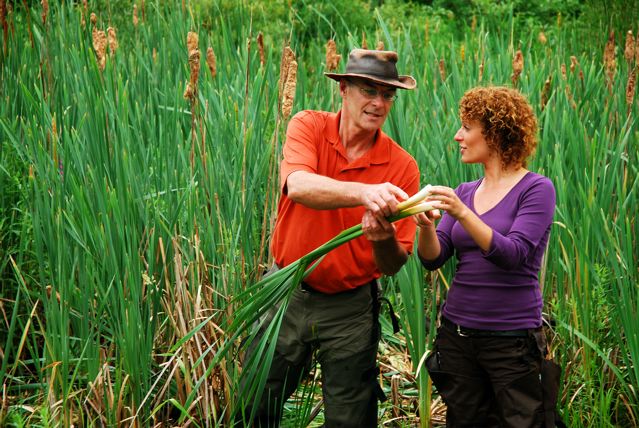
Gourmet Sauvage
Established in the Laurentian region about 20 years ago, Gourmet Sauvage has a vast network of professional gatherers to source edible wild foods such as mushrooms, mustards, jellies, jams, and herbs. They make sure that their practices don't threaten the survival of any species or its habitat.
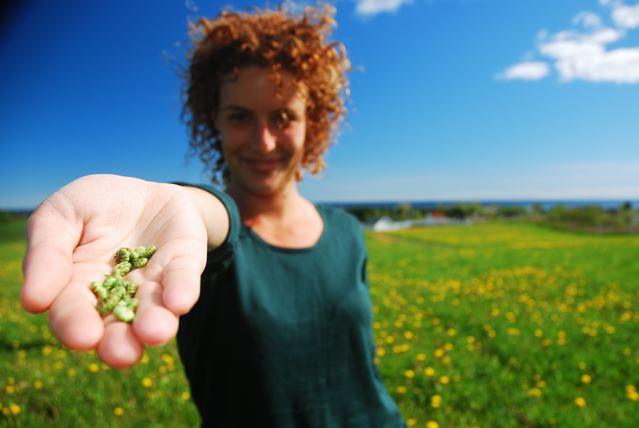
A few of Gourmet Sauvage's treasures
Saskatoon Berry Compote
A purple-tinted blueberry look-alike, saskatoon berries were harvested in large quantities by native Americans and were also greatly appreciated by Canadians right into the sixties. Today, saskatoons are making a comeback on plantations and in backyards. They're cultivated for their beauty and early flowering, as well as for their delicious fruit. No one can resist their juicy, sweet red fruit and slight almond taste.
Saskatoon berry compote is great on bread for breakfast or as an ice cream topping. If you're feeling a bit more adventureous, they’re also great simmered with red meats or added to a roast.
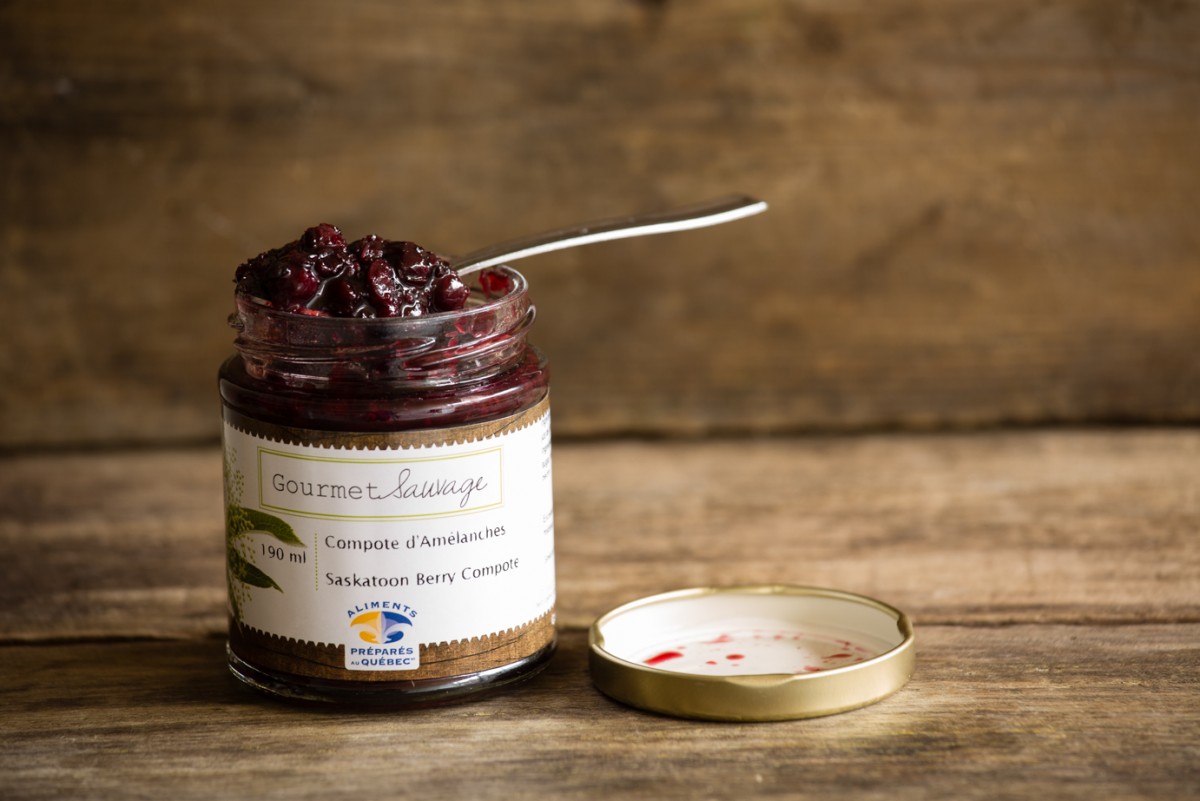
Cloudberry Compote
Although cloudberries look like big orange raspberries and belong to the same family, they're pretty unique in the world of wild berries. Cloudberries grow in poorly-drained boreal and arctic plains–areas that are difficult to access and present unique challenges for the harvester. Approximately 1 in 20 plants is fertile, and each fertile plant will produce only a single precious fruit. Indigenous peoples of eastern North America named the plant after fire because of the colour and beauty of its autumn leaves. Some northern regions have integrated this fruit in their culinary traditions, making liqueurs, desserts, and a variety of other products from it. In North America, cloudberries remain relatively unknown south of the regions where it grows. It has an exotic taste blending notes of apricot, mango, and passion fruit.
You'd be surprised at how versatile cloudberries are: they can be served at breakfast on toast or on a croissant; they're unbelieveable with an aged cheddar; bitter black chocolate and cloudberry compote are a marriage made in heaven; and chefs love to incorporate into the cooking juices of pork or duck to make a tasty sauce.
Duck breast with cloudberry
- 1 duck
- 190 ml of cloudberry compote
Crosshatch the duck fat without touching the skin. Cook in a hot pan, 4 minutes on the fat side and 4 minutes on the flesh side. Drain the rendered fat, cover it with cloudberry compote and place it in a preheated oven at 250 degrees until it's ready. Pass the sauce through a strainer. Cut the duck into slices and serve.
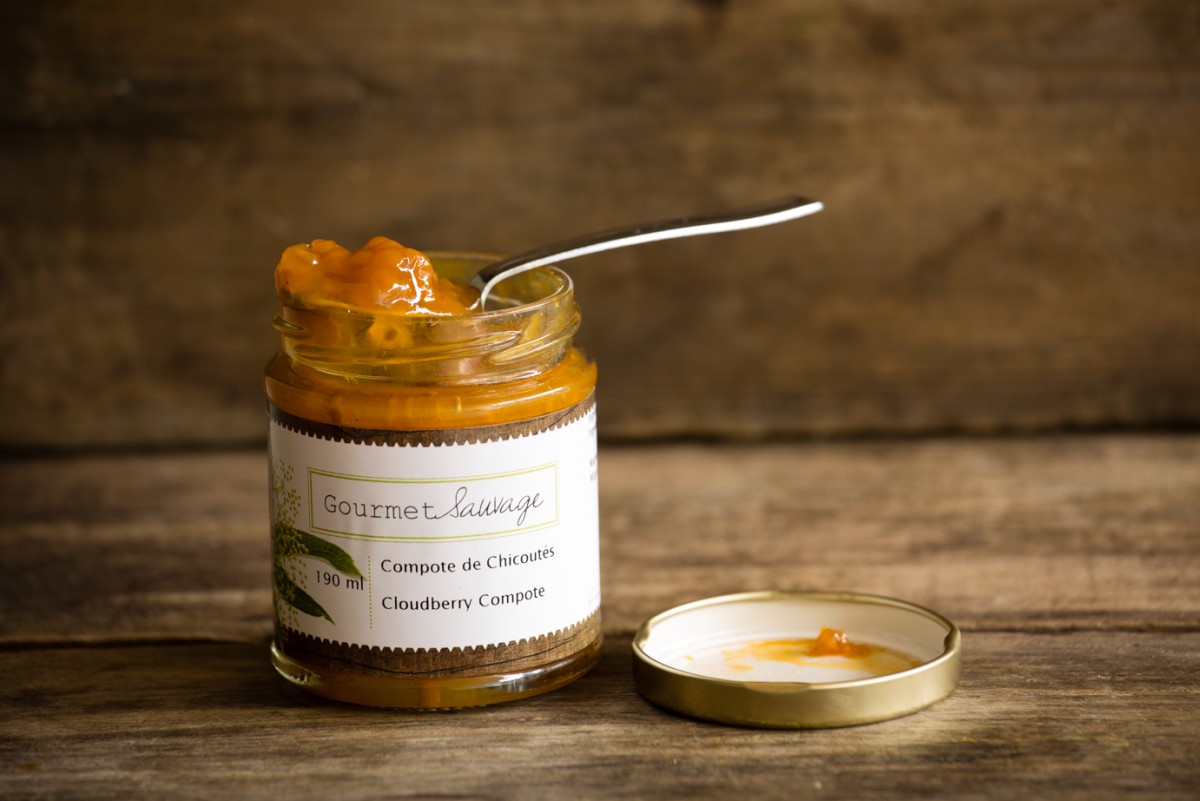
Lingonberry Compote
Also known as partridgeberries, red berries, and sand cranberries, lingonberries seem to have as many different names as there are people who pick them. Without a doubt, this pea-sized, tart red fruit reminds us of cranberries most of all. In fact, lingonberries and cranberries share the same biological origins and often grow in the same regions (though in different habitats).
Lingonberries are best served with turkey or other fowl, but can also accompany meat pâtés and cheeses as well as your morning toast.
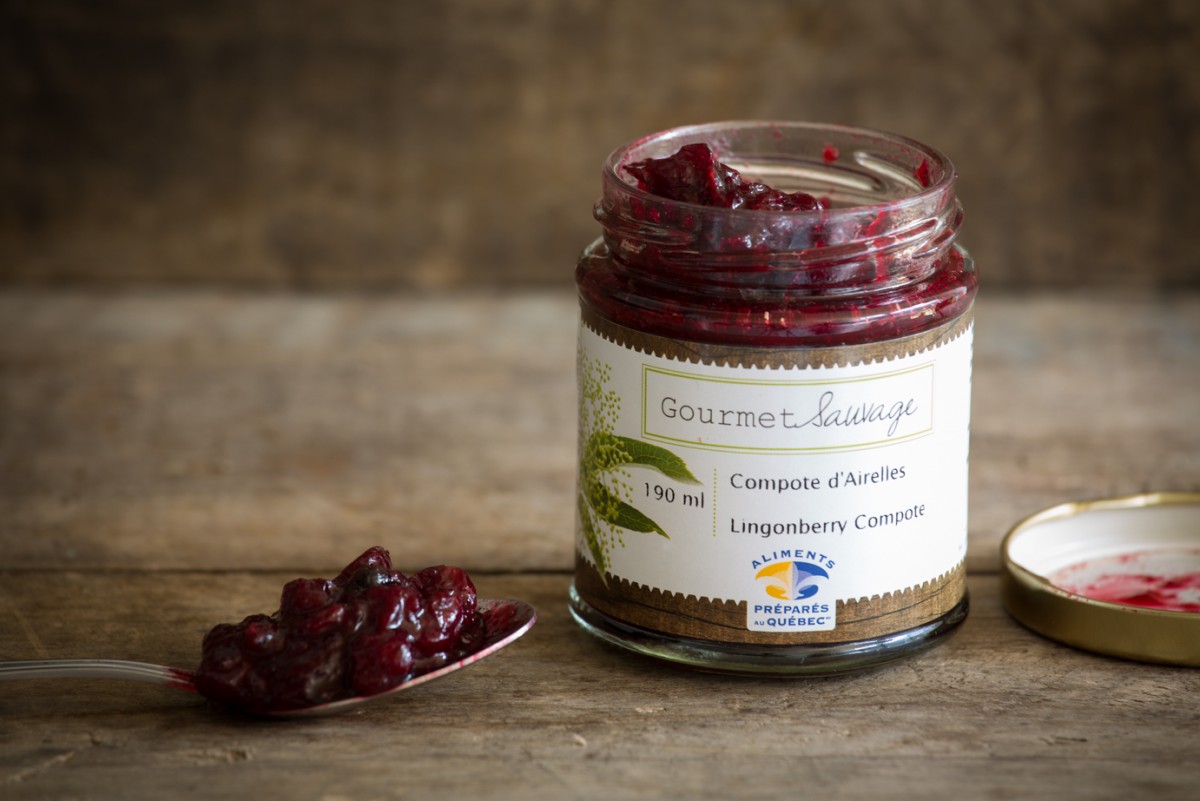
Pickled Milkweeds Pods
You've certainly noticed this plant on roadsides and in abandoned fields. The metre-tall plants produce pods which release a silky, feathery down every September. These are the pods that Gourmet Sauvage harvests when they're young and crisp. At this point they measure only 2 to 3 cm long. Sometimes children play with these pods, but we use them to make a delicious pickle.
Use them as you would any standard pickle: to accompany cold cuts, to slice into a beef tartar, or to top meat pâté hors d’oeuvres. You can also blend milkweed pods into sour cream for a raw vegetable dip.
Marie-Soleil Michon's milkweed pods salsa verde recipe
- 2 cloves of garlic, peeled
- 1 handful of capers
- 190 ml of pickled milkweed pods
- 1 small tin of anchovy fillets, rinsed well
- 500 ml (2 cups) arugula
- 500 ml (2 cups) baby spinach
- 250 ml (1 cup) of kale
- Various fresh herbs (basil, parsley etc.)
- 15 ml (1 tbsp.) Dijon mustard (or Gourmet Sauvage's sea asparagus mustard)
- 45 ml (3 tbsp.) cider vinegar
- 180 ml of extra virgin olive oil (3/4 cup)
- Salt and pepper
In a food processor, mix all ingredients into a fine purée. Add salt and pepper and serve as a side dish with fish, chicken, lamb or pasta.
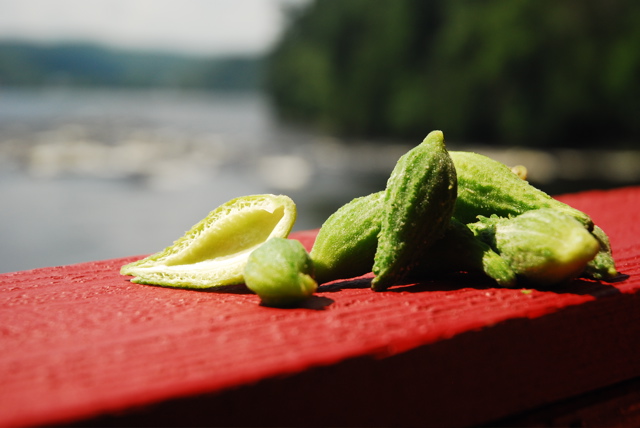
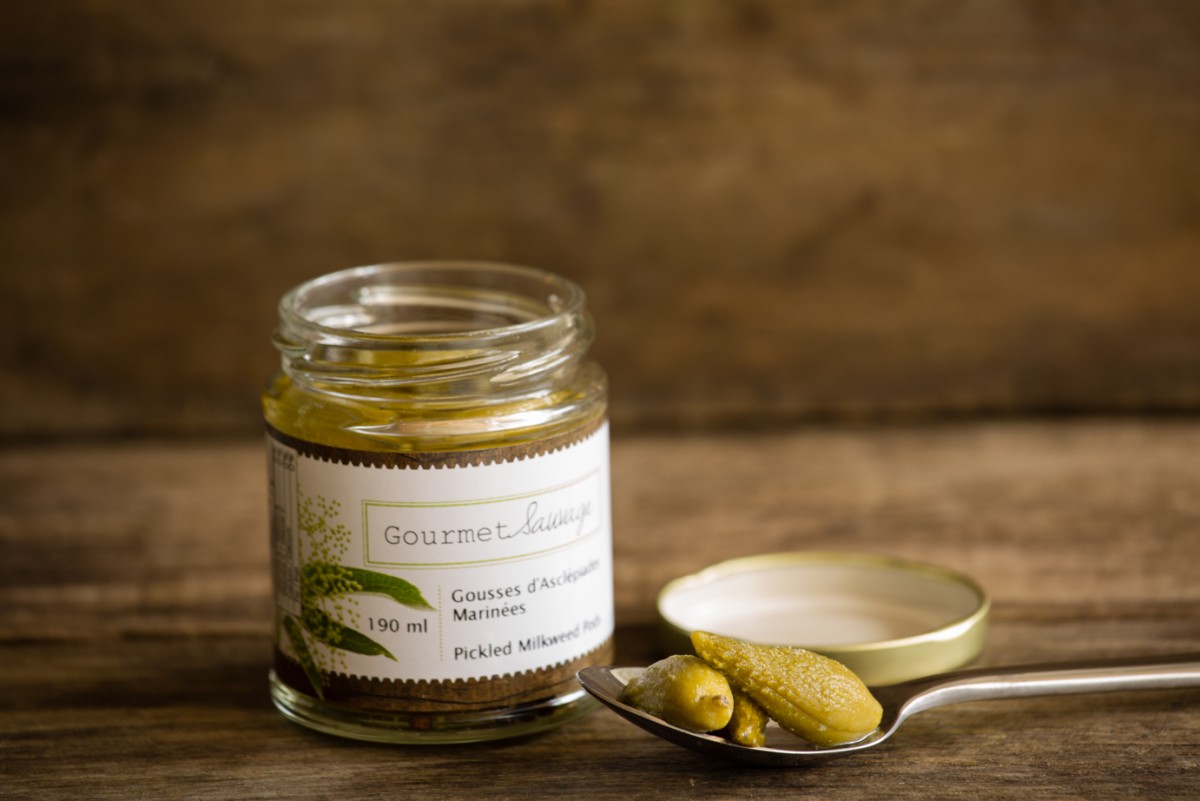
Take a look at all of Goumet Sauvage's amazing products on our marketplace, and dare to eat wild!
- Jellied elderberries
- Jellied chokecherries
- Jellied balsam fir
- Jellied cedar
- Jelly wild bergamot
- Sea asparagus mustard
- Wild mushroom mustard
- Birch syrup
- Cattail hearts
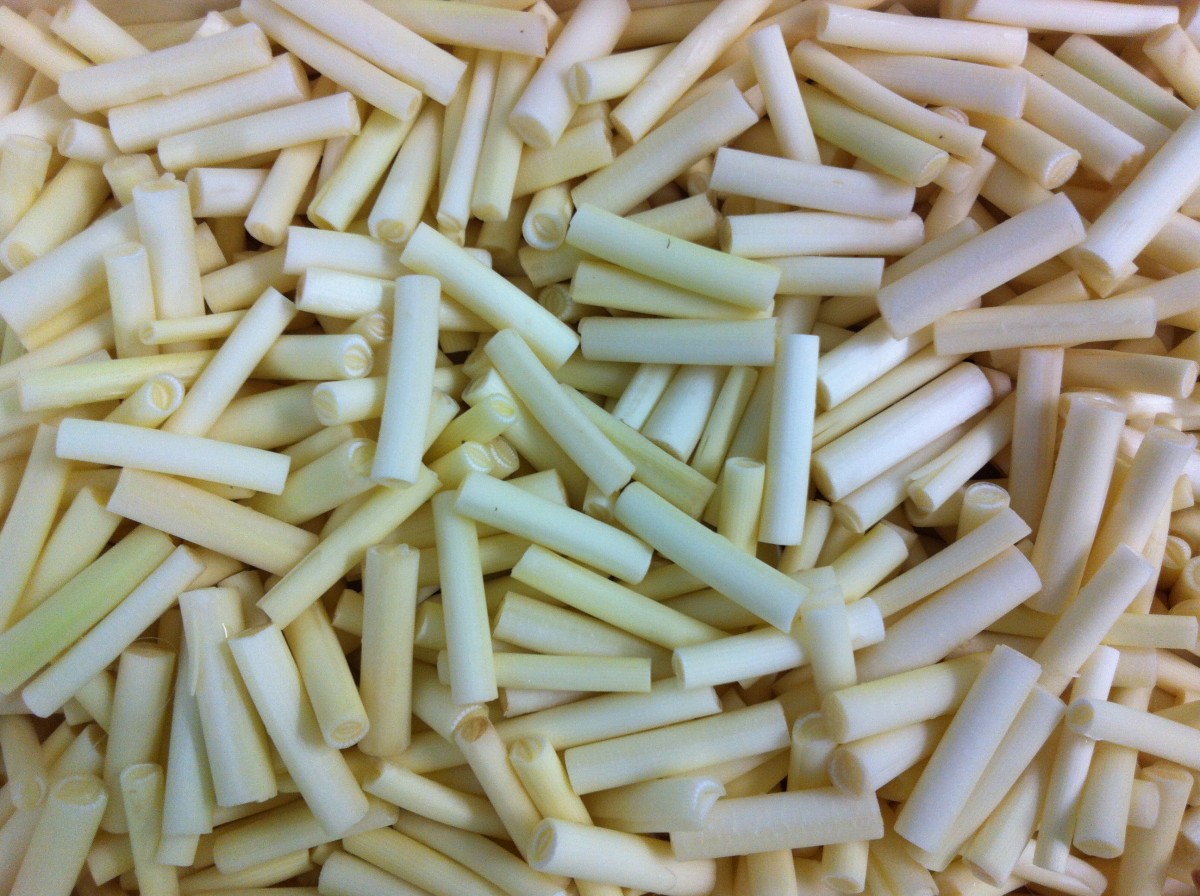
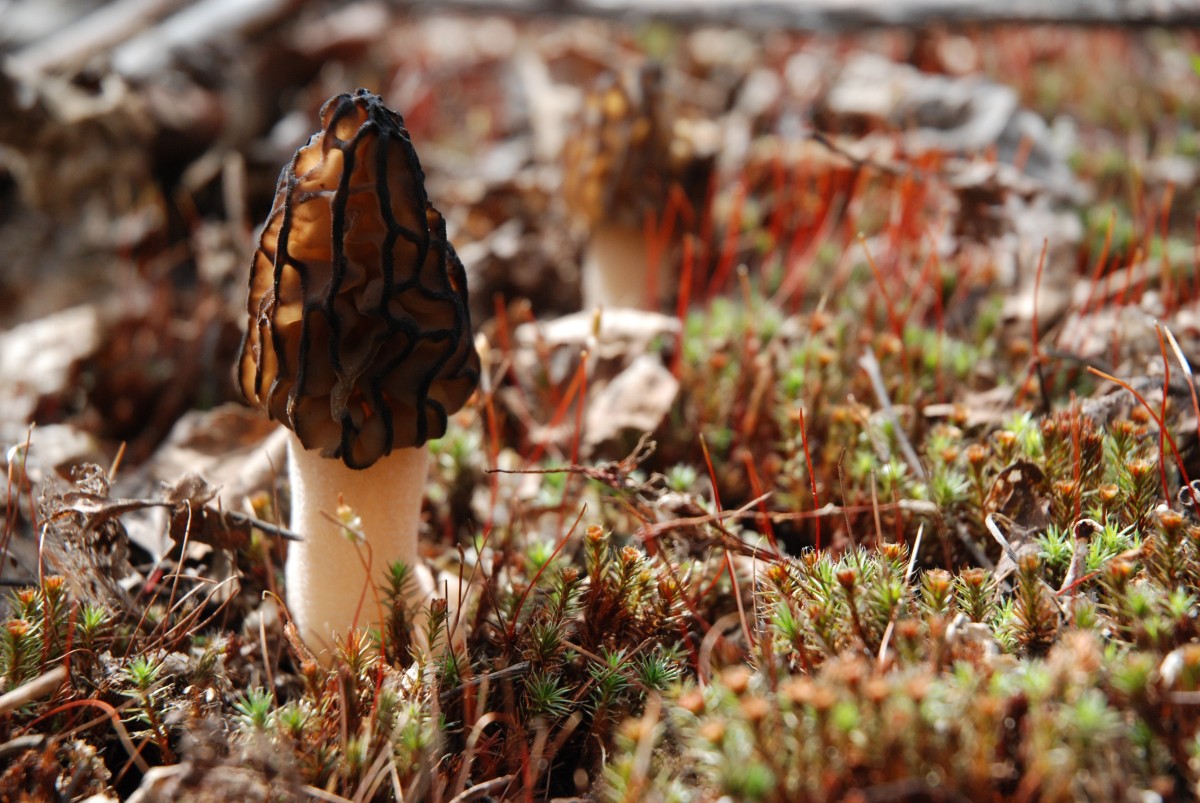

Thank you to Gérald Le Gal and Ariane Paré Le Gal for sharing the fruits of their passion!
Gourmet Sauvage
737 de la Pisciculture Street
Saint-Faustin-Lac-Carré
Québec, J0T 1J2
http://gourmetsauvage.ca/
Follow them on Facebook!
